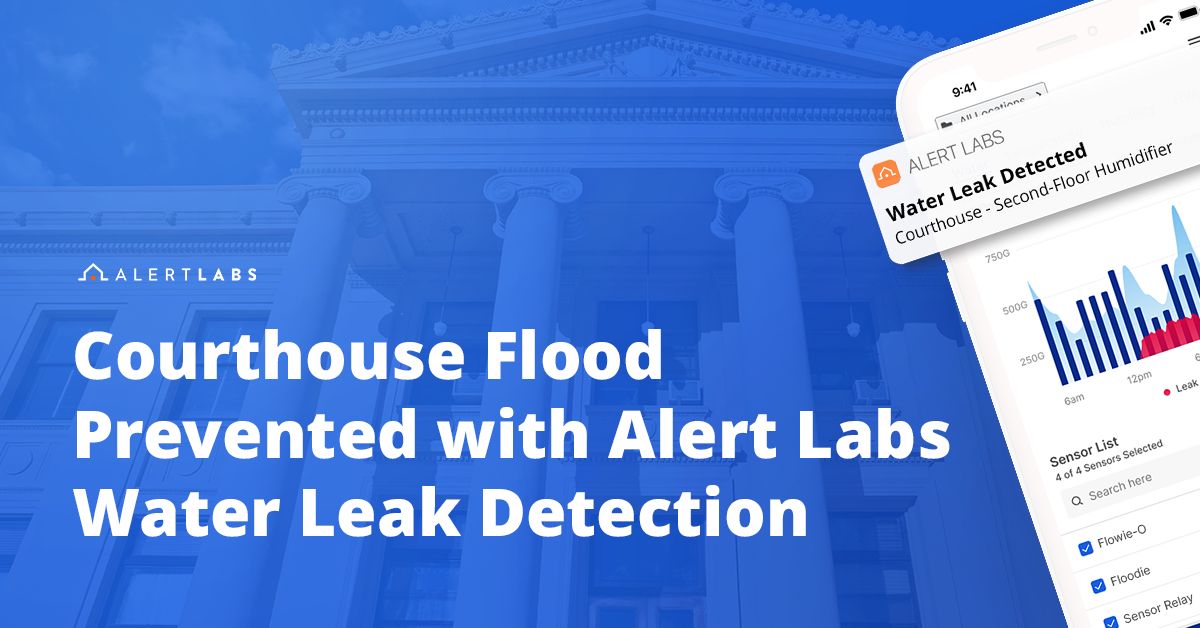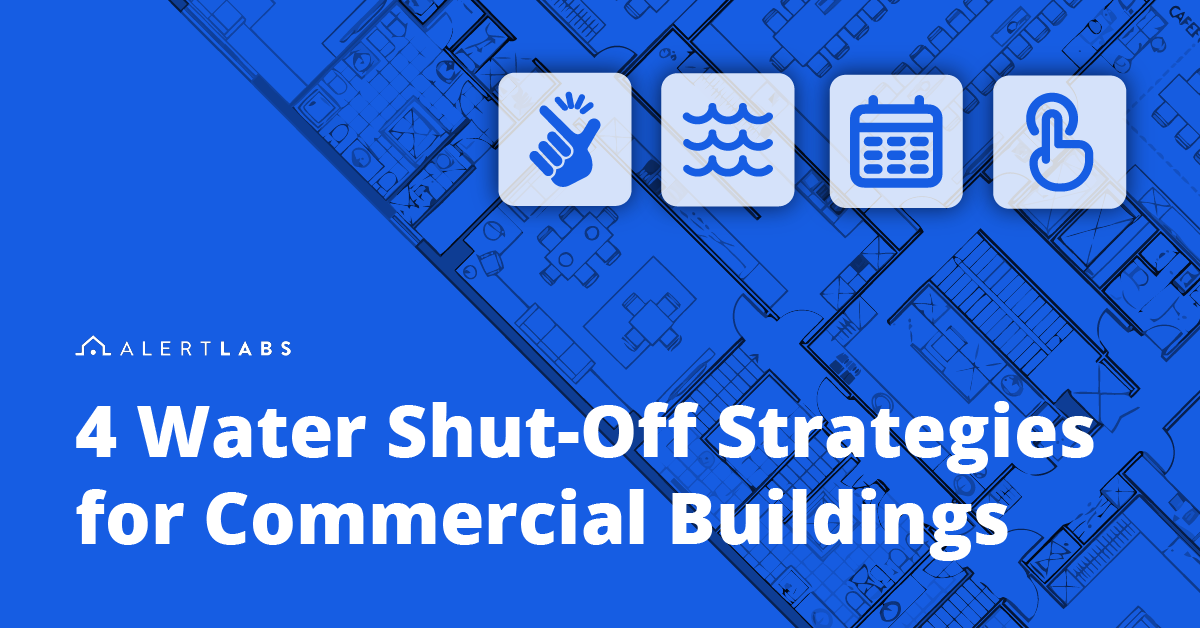Detect Water Leaks And Damage At Buildings Under Construction

Monitoring new buildings under construction to prevent water damage and detect leaks is necessary to minimize the risk of significant losses. Events such as the flooding of several floors due to a leaky valve in the stairwell of the Bank of America Tower in Houston are all too common. The rapid increase in insurance deductibles for water damage is also creating demand for alternative water management strategies.
Building owners and operators are looking for ways to minimize the risk that comes with self-insuring their buildings. But if there are no wired or wireless networks installed at a new construction site, how can you remotely monitor fire sprinklers, irrigation, cooling towers and other water systems?
The answer is cellular.
More and more insurance companies, building engineers, facility managers and other building owners/operators are relying on smart water sensors that connect to pre-existing cellular networks to minimize risk. Some sensors can be quickly self-installed during each phase of construction to meet the unique needs of the building.

Monitor water at unoccupied buildings
When a building has no tenants and there is water being supplied to most areas of the building, there are fewer people to see, report, and fix a water problem. Cellular connected water sensors can monitor all the water usage at a building minute-by-minute and send alerts to your phone for events such as leaks, floods, temperature, humidity, and power outages. Special water usage thresholds can be set up so that if water usage goes above a rate of 0.5 gal/min, for example, you would receive an alert.

Monitor water at partially occupied buildings
As construction nears completion, and people are starting to move into the finished areas of the building while other parts are still being built, monitoring needs change. In some regions of the country, this phase of construction is called interim occupancy. The two key risk factors here are (1) there are now more people at the property using water and (2) there are finished areas of the building that are not being monitored such as unoccupied suites.

A best practice to minimize water damage risk during the interim occupancy phase of construction is to deploy portable water leak detectors in strategic areas such as mechanical rooms, bathrooms in occupied suites, laundry rooms, and more. The best sensors allow you to customize a flood detection system to meet the water damage risk mitigation needs of your building.
Monitor all water systems at fully occupied buildings
Now that mechanical areas are monitored along with water usage for the whole building (including cooling tower intake lines, irrigation systems, and fire sprinklers), the next step is full leak and flood deployment. This involves putting portable water leak detectors in all suites in the building. Elevator pits and sump pump systems can be monitored as well.
But detection alone isn't enough—stopping water flow quickly is what prevents major damage.
Stop Water Damage Before It Spreads
Getting an alert about a water leak is the first step, but stopping the water flow fast is what prevents costly damage. On construction sites, every minute counts—and response times can be delayed when crews aren't on site, especially during evenings, weekends, or holidays.

The most effective water damage prevention combines smart water shut-off valves with leak detection systems, giving construction teams immediate control over water flow. Comprehensive shut-off solutions offer three ways to stop water damage:
Remote shut-off lets site supervisors turn water on or off from anywhere using a smartphone app. When a leak alert comes in after hours, water can be shut off without anyone having to drive to the job site.
Automatic shut-off pairs leak sensors with smart valves. When a sensor detects water where it shouldn't be, the valve closes instantly. This provides the fastest possible response to stop damage.
Scheduled shut-off is especially valuable for construction sites that don't need water flowing 24/7. Water can be programmed to turn off automatically during nights, weekends, or when the site is empty, removing the risk of leaks during unoccupied hours. This automated approach is especially important given the varying schedules of different trades and crews on construction sites.
By combining leak detection with smart shut-off capabilities, construction teams and their insurance providers can proactively protect sites and take immediate action to prevent water damage—whether they're on-site or across town.
For more details about different types of smart water shut-off solutions and how they protect commercial buildings, see our complete guide to water shut-off valves for commercial buildings.
With new advances in smart building technology, smart sensors can help you monitor new buildings for water damage, saving hundreds of thousands of dollars in deductibles, insurance premiums, and repairs.




